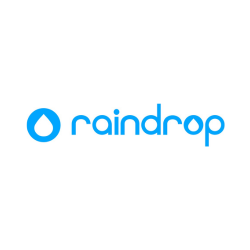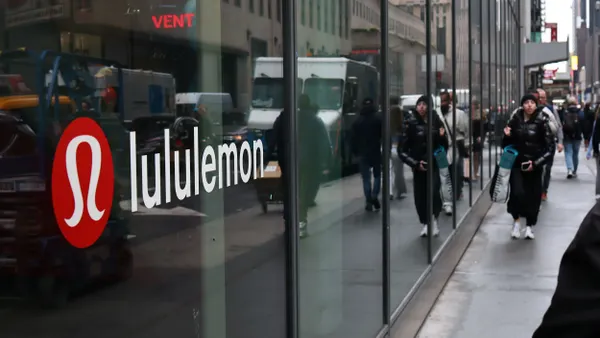Gap Inc. executives on Thursday sharpened their rationale for their ejection of Old Navy from the fold, arguing that each will be better able to reach its goals once they go their own way.
"These are two very different business models," Gap Inc. CFO Teri List-Stoll said during a meeting with analysts early in the day.
The most glaring difference is the two sides' diverging approaches to brick and mortar. While Old Navy is centering its sales goal of "$10 billion and beyond" on almost doubling the number of its physical stores (many of them in smaller markets that represent uncharted territory for the brand), Gap Inc. is backing away from regional malls and embracing a channel-agnostic approach with high expectations for e-commerce growth.
Gap Inc. CEO Art Peck, who is set to also lead what the company now terms "New Gap Inc.," presented post-spinoff Gap Inc. as a multi-brand platform that will serve as an incubator. "The platform allows us to take smaller businesses and make them into a bigger business."
And he characterized some drastic changes at the half-century-old apparel retailer. He described a leaner entity that will be "peeling back layers of 50 years," which will entail trimming managerial ranks, tying more compensation to performance and bringing in "new voices."
"We're just not fast enough, we're not decisive enough," he said.
The beleaguered Gap brand is not to be counted out, though, Peck said. "Everyone in this audience will handicap Gap," he said, but noted that it enjoys 89% brand awareness, a 62% net promoter score and "strong and growing e-commerce."
Banana Republic, strong in men's with opportunity in women's, is ready to take share from department stores by offering stylish professional wear, he said. "When you need clothes that are a little more professional, where do you shop?" he said, asserting that the brand's offers compete with Nordstrom in that space, with better price points.
And Athleta — the athleisure brand that Peck called the company's "little rocket" — is not only poised for growth toward $2 billion in sales but is helping nurture growth at its digital-first Hill City men's line.
In fact, he said that brand serves as the poster child for the potential of the platform, saying that it wouldn't have taken off without the support of the Gap Inc. fold. And he sees potential in blurring the lines further. The company has already discovered that customers who buy from more than one of its brands are 10 times more engaged, and buy more often, than those who don't. In fact, the retailer has taken advantage of that by building its loyalty program across brands and is tackling the prospect now of figuring out which customers (and their emails and data) would "belong" to Old Navy.
"We believe in this diversity, the multi-brand asset," he said, in a perhaps ironic statement considering the topic at hand. "This brand portfolio is highly complementary, across pricing and category."
Meanwhile, the shift at Old Navy is less cultural and more about expansion, according to Old Navy chief Sonia Syngal, who said that, in addition to the ambitious build-out of the store fleet, the brand, once it's independent, will almost triple its employee base. "The culture of Old Navy is about winning and fun. We want to maintain that," she said, after saying earlier that, "Separation allows us to have the focus that we need."
"It's time for us to leave the nest," she said.














